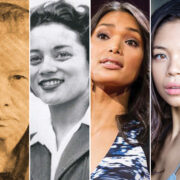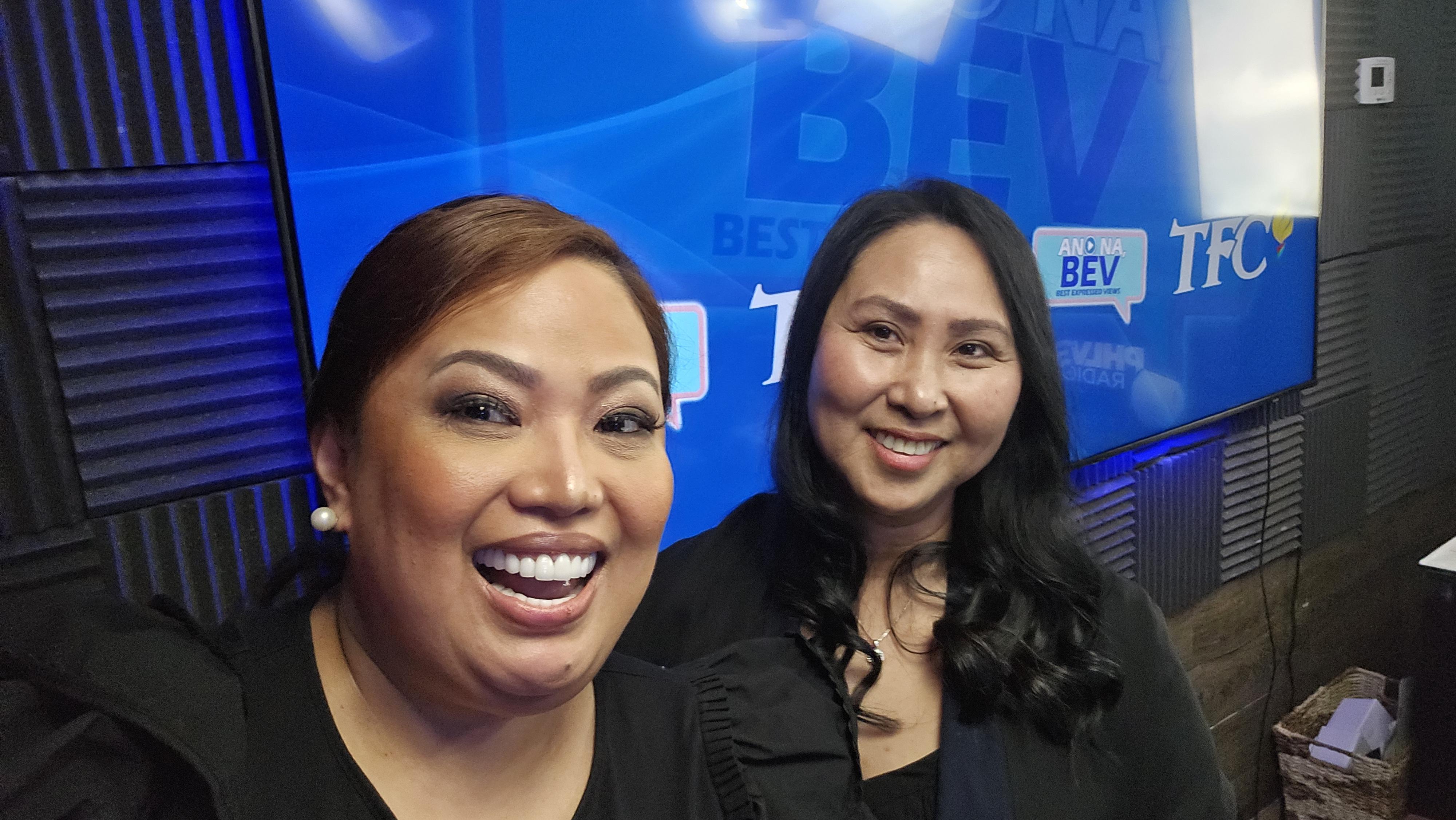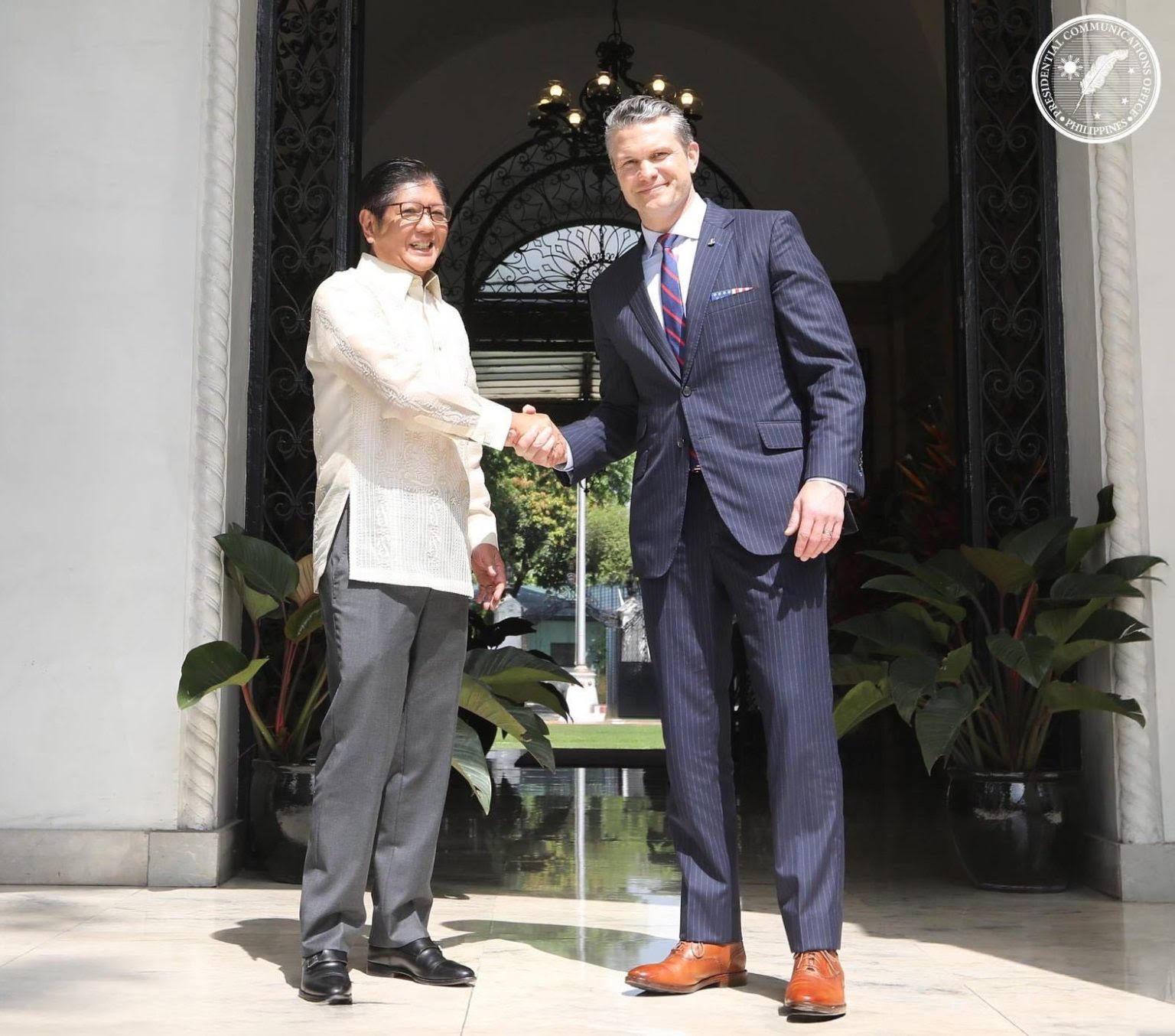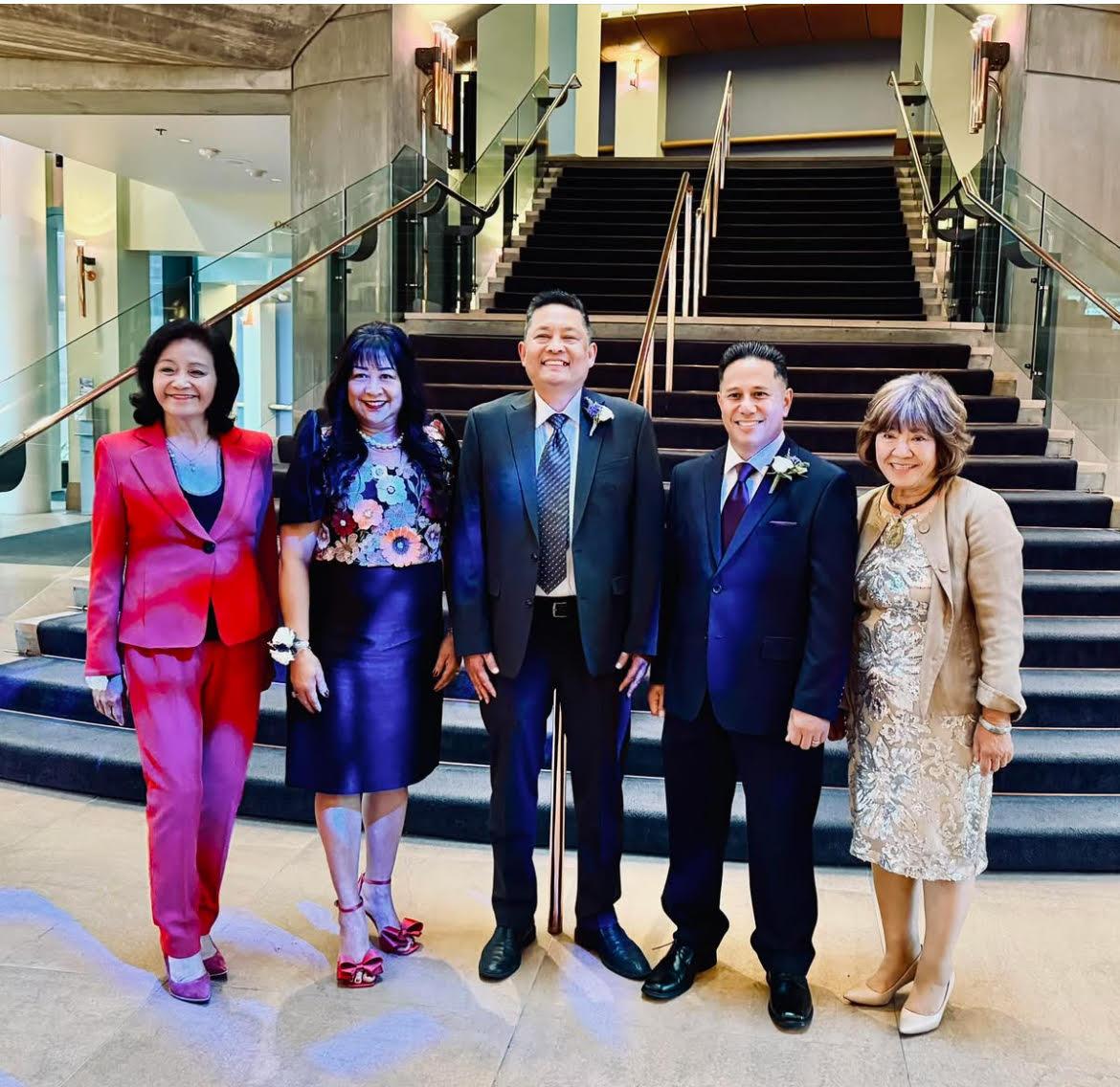Looking back at revolutionary Filipinas who broke — and continue to break — barriers in national independence, social work, medicine and arts and entertainment
TO understand the world, one must understand women; it is simply impossible to know world history without the history of women — in a biological sense and in a cultural sense.
The Philippines is a country built on the strength of resilient women. On a macro level, women in the Philippines — before, during and after colonial occupations —have always held positions in power. On a micro level, women are the central figure of the household, as mothers, wives, lolas (grandmas) and titas (aunts) are respected members of any extended family.
That being said, to honor Women’s History Month is to honor the Filipinas — of the motherland and of the diaspora — who helped cultivate the strong and resilient identity of the Groundbreaking Filipina, the woman who pushes boundaries and subverts patriarchal systems of power in the name of equality and fairness.
Early national heroines
For nearly four centuries, the Philippines was a colonial instrument during the golden ages of world imperialism. The influence of European — and then, American — occupation remains in the country today, but with the help of early Filipina revolutionaries, the fight for a truly unique Filipina identity continues today.
Gabriela Silang (1731-1763) was a military leader who spearheaded the Ilocano campaign for independence from Spain. Born in Ilocos Sur to a Spanish Ilocano father and a Tinguian mother, Gabriela Silang was separated from her parents as a young girl and was raised by a priest.
Known as the “Joan of Arc of Ilocandia,” Gabriela Silang became integral to her second husband’s, Diego Silang, effort to overthrow Spanish control in Ilocos and appoint native Filipino leaders. After his assassination by the Spanish in 1763, Gabriela assumed her husband’s position as commander of rebel troops and mobilized local fighting forces to lodge successful guerrilla attacks against Spanish soldiers.
During the fight to liberate Vigan, the fearless Filipina leader led more than 2,000 soldiers against a formidable Spanish force of more than 6,000 men, but outnumbered natives were captured and eventually, the Spanish military executed her in September 1763.
Despite her demise, Gabriela Silang is regarded as a national symbol in the fight for independence and is known as “the first Filipina to lead an uprising against a foreign power.”
More than a century after the exploits of Gabriela Silang, a school teacher from Manila named Teresa Magbanua (1868-1947) parlayed her skills in horseback riding and marksmanship (which she learned while married to a wealthy businessman) to join the Katipunan’s women’s chapter in Panay.
She was influenced after her brothers joined an uprising against the Spanish military and convinced her uncle, General Perfecto Poblador, to led her lead trips in the Visayas during the revolution, the first and only woman to do so. During this time, she led a group of bolo soldiers during the Battle of Barrio Yoting and the Battle of Sapong Hills, two victories that led to the liberation of Iloilo City.
After that first success, Magbanua collaborated with guerrilla forces in fighting against Americans at the turn of the century and later, against Japanese forces during WWII, making her one of the few who fought for Philippine independence against all three of the country’s main instigators: Spain, the U.S. and Japan.
Pioneers in the modern era
As the Philippines was slowly moving towards becoming a totally sovereign nation, innovation and cultural expansion grew among the Filipino people. A standard for what it means to be a pioneer had been set, and Filipinas of the Modern Era helped catapult the global Filipino community onto the world stage.
Encarnacion Alzona (1895-2001) was a pioneering Filipino historian, educator and suffragist who was the first Filipina to earn a Ph.D. As white American women won the right to vote in 1920, Alzona was among the few who spoke out in favor of the right to vote for Filipino women.
Born in Laguna, Philippines, Alzona’s father was a trial court judge and a distant relative of the renowned national hero Jose Rizal. Both Alzona’s parents encouraged the young girl to pursue academic excellence, an influence that helped Alzona earn undergraduate and master’s degrees from the University of the Philippines in Manila (UPM).
She pursued further studies in the U.S., earning a master’s degree from Harvard University in 1920 and a Ph.D. from Columbia University in 1923.
When she moved back to the Philippines at the end of the 1920s, Alzona dedicated herself to the suffragist movement and penned several books on the topic; many credit her 1934 tome “The Filipino Woman: Her Social, Economic and Political Status (1565-1933)” as an integral piece in granting Filipino women the right to vote in the Philippines in 1937.
In 1985, she was granted the rank and title of National Scientist of the Philippines and her extensive bibliography continues to be a staple in the Philippine history genre.
Another Harvard graduate, Dr. Fe Del Mundo (1911-2011), another boundary-breaker in higher education, was an extremely influential pediatrician who founded the first pediatric hospital in the Philippines.
As reported in the Asian Journal, Del Mundo was inspired to become a doctor after one of her sisters died of appendicitis in her youth. After a stellar undergraduate stint at the UPM, then President Manuel Quezon recognized her achievements and offered her a full scholarship to any U.S. college of her choice for further studies. She chose Harvard University, and became the first woman ever to study at Harvard Medical School.
After years of frustration of working for a government hospital, Del Mundo sold her home and possessions to establish the Philippines’ first pediatric hospital, The Children’s Medical Center in Quezon City, in 1957 — the first medical facility of its kind in the entirety of Asia.
Del Mundo continued working through her 90s, making hospital rounds and seeing patients even when her own health began to deteriorate.
“I’m glad that I have been very much involved in the care of children, and that I have been relevant to them. They are the most outstanding feature in my life,” Del Mundo said in 2007.
Another pioneer of the crucial mid-century was Victoria “Vicki” Manalo Draves, a Filipina American competitive diver who became the first Asian American to ever win Olympic gold medals.
Draves was born in San Francisco to a Filipino father and an English mother and became interested in diving at the age of 16. As she became more competitive, she changed her name to Vickie Taylor to avoid racial discrimination for her Filipino background.
In 1948, at the age of 23, Draves won five U.S. diving championships, which allowed her to join the U.S. team at the London Olympics, where she won a gold medal in the 10-meter platform and springboard, becoming the first woman to win both titles.
She was also the first Asian American to ever win a gold medal. Staying true to her roots, she dedicated her post-diving life to advocate for Filipino American issues, supporting the Filipino Education Center in San Francisco in the 1960s when the second wave of Filipino immigrants came and settled in the Bay Area.
As Filipinos were adjusting to their newfound sovereignty after centuries of colonialism and occupation, the community and the diaspora boomed, clearing the way for Filipinas to make their mark in society and pop culture.
As more and more Asians began migrating to the U.S., the need for social services that specifically cater to the Asian American and Pacific Islander (AAPI) community became acutely apparent.
In the late 1970s, Filipina American domestic violence survivor Nilda Rimonte saw the need for a resource that supports AAPI victims of domestic abuse and understood that AAPIs (especially immigrants) are among the least likely groups to seek help.
Knowing that community trust is crucial for AAPIs to seek help from violent home life, Rimonte established the Center for the Pacific Asian Family in Los Angeles, the first anti-domestic abuse organization dedicated to serving AAPI survivors and victims.
“We got high statistics but people didn’t want to talk about it. The issue of concealment and detail is huge. People told me not use the word ‘rape’ [for the center’s rape hotline] because women wouldn’t use it. I refused because I thought this was colluding with the community in hiding the issue. I thought it was time to bring it out, and it paid off,” Rimonte told the Los Angeles Times in 1981.
The multi-lingual and multi-cultural center — which still operates today — provides emergency and transitional shelter as well as counseling and case management.
Though Filipino American musicians today are mainly associated with hip-hop culture and Broadway, a little-known band from the early to mid-1970s called Fanny set an important standard for women in music.
Filipina American sisters June and Jean Millington — who were born to a Filipina socialite and a U.S. Navy lieutenant commander — moved from the Philippines to Sacramento, California, where they formed two all-female bands in high school with June on the guitar and Jean on the bass.
The sisters — and their former bandmates Alice de Buhr, Nickey Barclay and Brie Brandt — moved to Los Angeles and rebranded as Fanny after being discovered by producer Richard Perry during a gig at The Troubadour Club in West Hollywood in 1969.
Altogether, the band released three albums, but because of the male-dominated nature of rock music at the time, the band largely went under the radar, despite being the first all-female group to achieve a Billboard Top 40 single (they released two during their short duration).
But those within the music industry lauded Fanny for its fresh sound, even garnering high profile fans like the legend David Bowie, who told Rolling Stone in 1999 that “[they] were extraordinary: they wrote everything, they played like m*therfuckers. They were just colossal and wonderful, and nobody’s ever mentioned them.”
Though the group ended up splitting by 1975, Fanny’s impact was monumental for women in rock. Throughout their career, the Millington sisters were adamant in rejecting record executive’s suggestions to emphasize sex appeal like other female acts of the time, preferring to acquire a reputation based on their talent and sound.
The now and beyond
As the Filipino diaspora continues to grow, so do the possibilities for the Groundbreaking Filipina. The arts and entertainment are the lifeblood of the Filipino community with acute attention placed on Filipino representation in Western media.
But there are many groundbreaking Filipinas in the arts today who are redefining the boundaries of what it means to be a storyteller.
As the conversation on gender continues to evolve, Filipino figures within the LGBTQ+ community are part of the force leading the way to cultural inclusion.
Model Geena Rocero, born in Manila, started her career as a beauty pageant contestant at the age of 15. After moving to the U.S. in the aughts, Rocero was discovered by a fashion photographer in New York City, a chance encounter that led to a fruitful career in fashion editorials.
As a transgender woman, Rocero rose up as an advocate for trans rights; she and fellow trans model Tracey Norman became the first two openly transgender models to appear on the cover of Harper’s Bazaar in 2016. But Rocero’s big breakout came in 2019 when she was chosen as the Playboy Playmate of the Month for August 2019, becoming the first openly transgender AAPI model to pose for the lauded publication.
“As the first trans Asian Pacific Islander Playmate, I feel that I’m making it possible for someone to reach for their biggest dreams just like the people who came before me,” Rocero said in 2019. “I also hope that for anyone who’s been deemed ‘other’ to know that what makes you different, is your power, especially the unapologetic expression of your sexuality, gender and the value of your unique perspective.”
In the era of diversity and inclusion in Hollywood, the primary concern among cinema aficionados — who fear for the disintegration of the art form — is the preservation of authentic and sophisticated story-telling. Streaming services and content pushers like Netflix and Marvel are regularly criticized for mass-producing narratively sub-par content that may be diverse, racially and culturally, but lack creativity and imagination: which, to many, will eventually render the art of cinema nearly obsolete.
But filmmakers like Diane Paragas (writer, director and producer of “Yellow Rose”) and Isabel Sandoval (director, writer, producer and star of “Lingua Franca”) are bridging the gap between mainstream representation trends and auteur filmmaking.
As written about in the Asian Journal, “Yellow Rose” (available on Amazon Prime) tells the coming of age tale of a young undocumented Filipina in Texas named Rose who longs to be a country music star and struggles to find herself after immigration officers detain her mother. The film’s style is reminiscent of the raw, elegantly dusty pictures of John Ford and the ethereal and devastatingly poetic films of Terrence Malick.
“I kind of wanted to do a country song as a film, something that is something authentic, simple and straight with a lot of emotion,” Paragas told the Asian Journal in a 2019 interview. “That’s what I was going for in terms of the tone of the film: a simple, true authentic story that feels real and grounded in something poetic.”
The film stars Tony-nominated Filipina American actress and singer Eva Noblezada (“Miss Saigon,” “Hadestown”) in her feature film debut, but the resolute spirit with which she brought to the role powered the film. Carrying a narrative isn’t new to Noblezada, another Groundbreaking Filipina, who brought an effortlessly youthful energy as the leading character of Eurydice in the popular Broadway musical “Hadestown.”
In 2020, Sandoval made waves in the prestige independent film circuit with her third film “Lingua Franca,” a dramatic love story about a Filipina living in New York City who struggles to make money for her mother in the Philippines and to pay for an American man to marry her for a green card.
The intimate lens with which Sandoval — who is trans — tells her story rejects popular filmmaking styles that opt for grandiosity and exclamations, preferring “complexity” in her “quiet, patient [and] subtle” narrative approach.
“We have to establish what is distinct and unique about our voice and our worth because it’s so easy to get pigeonholed or to be put in a box especially for someone like me,” Sandoval told the Asian Journal last year. “There will always be several expectations about you and the community you belong to and it’s easy for Hollywood to just be like, ‘You’re an immigrant so you should be telling immigrant stories or you’re trans so you should be making films about the trans experience,’ and kind of impose on me the kinds of stories that I should be telling and [am] only capable of telling.”






